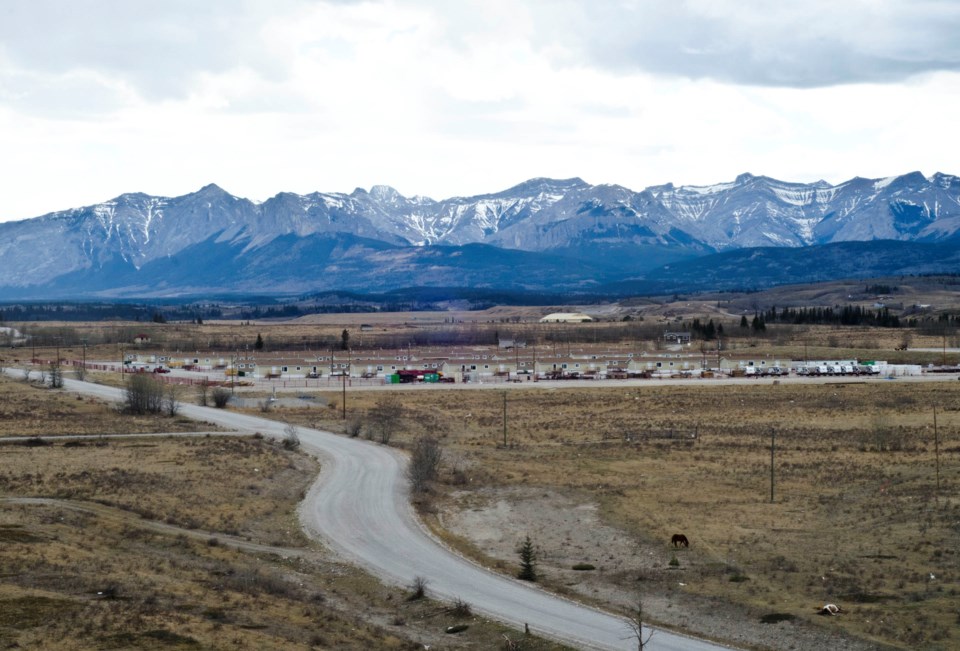Stoney residents in Morley are still living in interim housing almost three years after the flood.
“Sometimes it feels like the band forgot about us,” said one concerned resident who wished to remain anonymous. “It seems like nothing is being done.”
In June 2013, 540 homes between the Chiniki, Bearspaw and Wesley bands were affected or damaged by floodwaters, according Alberta Indigenous Relations. As of Monday, 541 people continue to live in interim housing in Morley with 182 houses remaining to be repaired, according to Alberta Indigenous Relations.
At press time, Ken Christensen, acting Stoney tribal administrator said 2,150 Stoney residents had already moved back into their homes.
Currently all the replacement homes have been moved to the reservation and are “complete or close to being completed,” according to Stoney administration. As for the houses needing repairs, Christensen said approximately 90 per cent of damaged Wesley homes have been repaired, 70 per cent of Bearspaw houses have been repaired, and 44 per cent of Chiniki houses have been repaired.
“Things started off slowly but are now moving along pretty efficiently. I think most people are satisfied with the progress … all three bands are satisfied with the progress and so is the Alberta Government,” Christensen said.
The concerned Stoney resident said the whole timeline “doesn’t feel right,” and asked where the funds for the repairs or replacements houses was actually going.
Funding for the flood repairs and replacement homes is being provided by the Alberta Government, as agreed upon in a memorandum of understanding (MOU) that was signed by both parties in November 2013.
But physical cash never exchanged hands, administration on the reserve said.
“The government doesn’t just hand money over. The repairs need to be done first, there is not a pile of cash in the bank that everyone has access to it to do with it what they want,” explained Christensen.
The agreement is set to expire three years after signing or upon completion of the flood recovery housing commitments whichever date comes first. Stoney administration is “hopeful” that its residents will be back in their houses by late fall or early winter.
“I don’t think the government will just forget about us. It is not like we fell off the edge of the Earth or anything,” Christensen said.
Jessica Johnson, director of communications for Alberta Indigenous Relations, assured the status of the MOU, set to expire in November, would not impact the process of repairing the homes.
“We are talking about people’s live, and it is imperative to take the time needed to help rebuild fully-functional communities with Stoney Nakoda. Our commitment is to ensure that flood-affected families return to safe homes where they can restore their lives,” Johnson stated in an email.
With the third anniversary of the Alberta flood on June 20, the concerned Stoney resident said he still thinks it is not a good situation, especially with the number of families still in interim housing.
“I feel bad,” the resident said about the more than 500 people who are still out of their homes.
Johnson said the Alberta government estimates the work will be completed by the end of this year.




